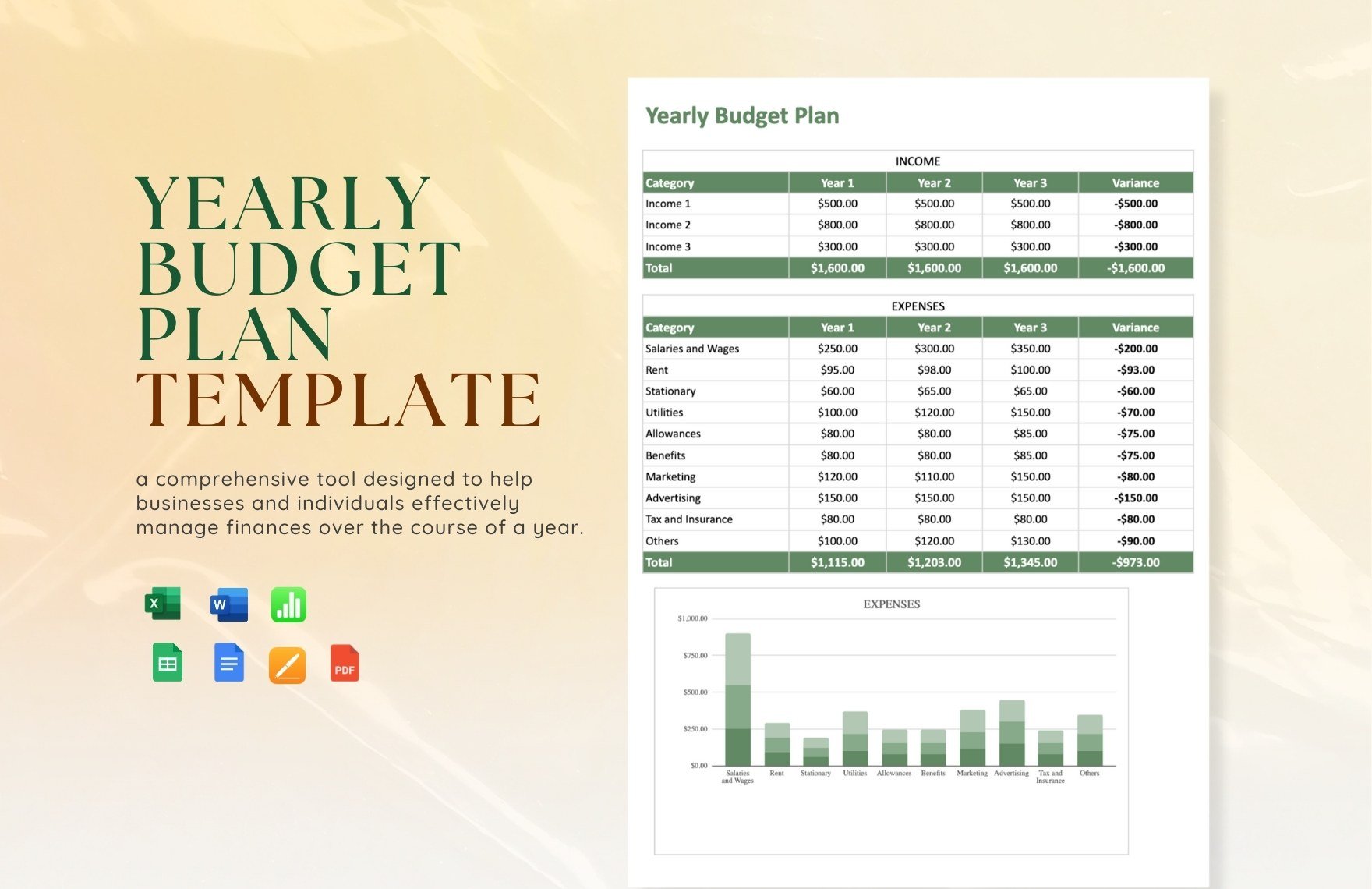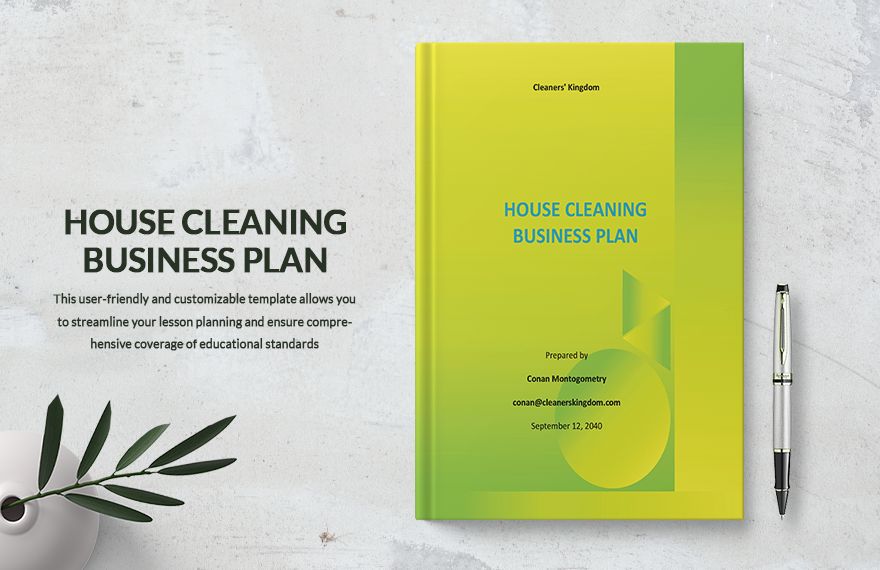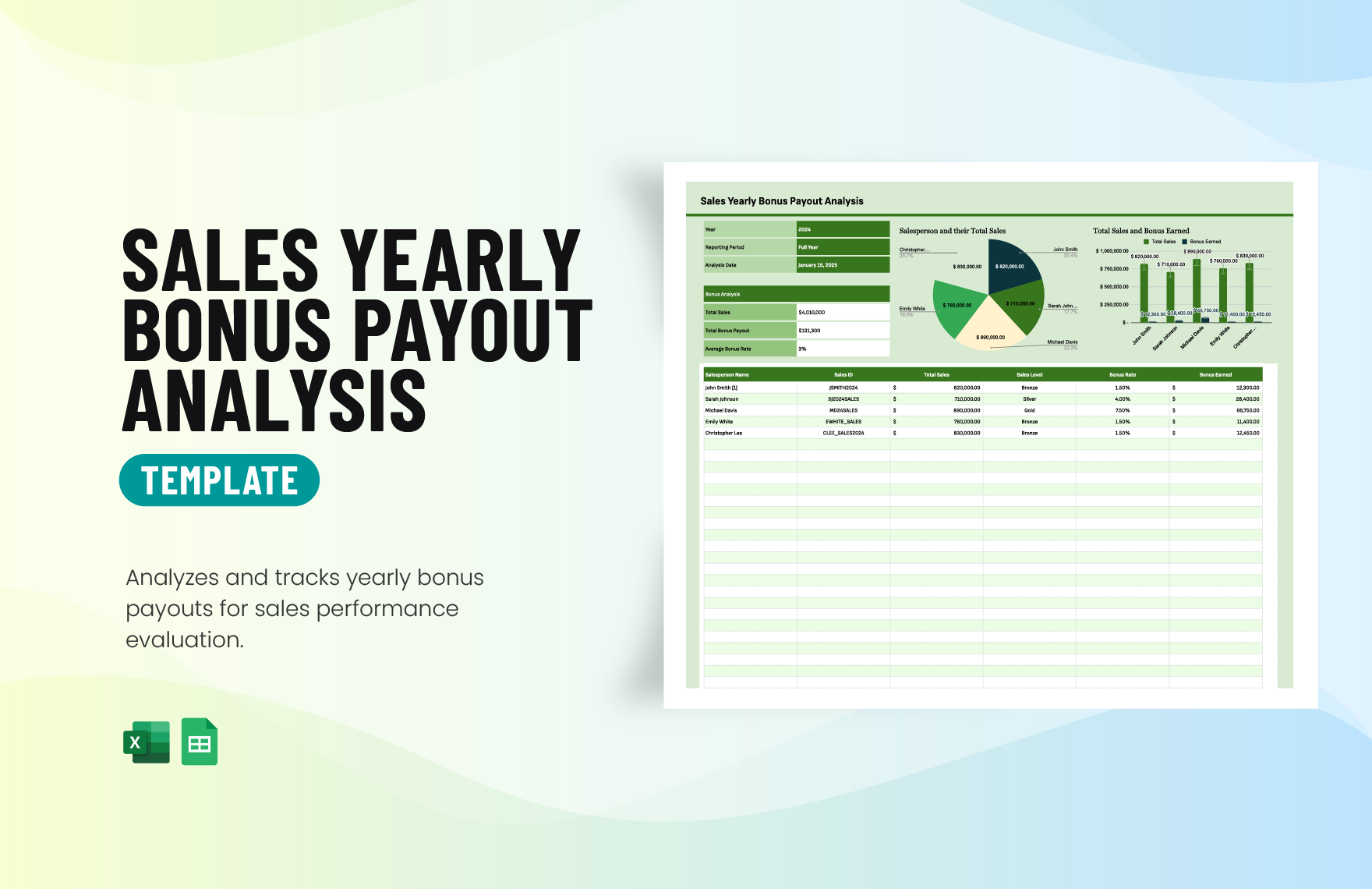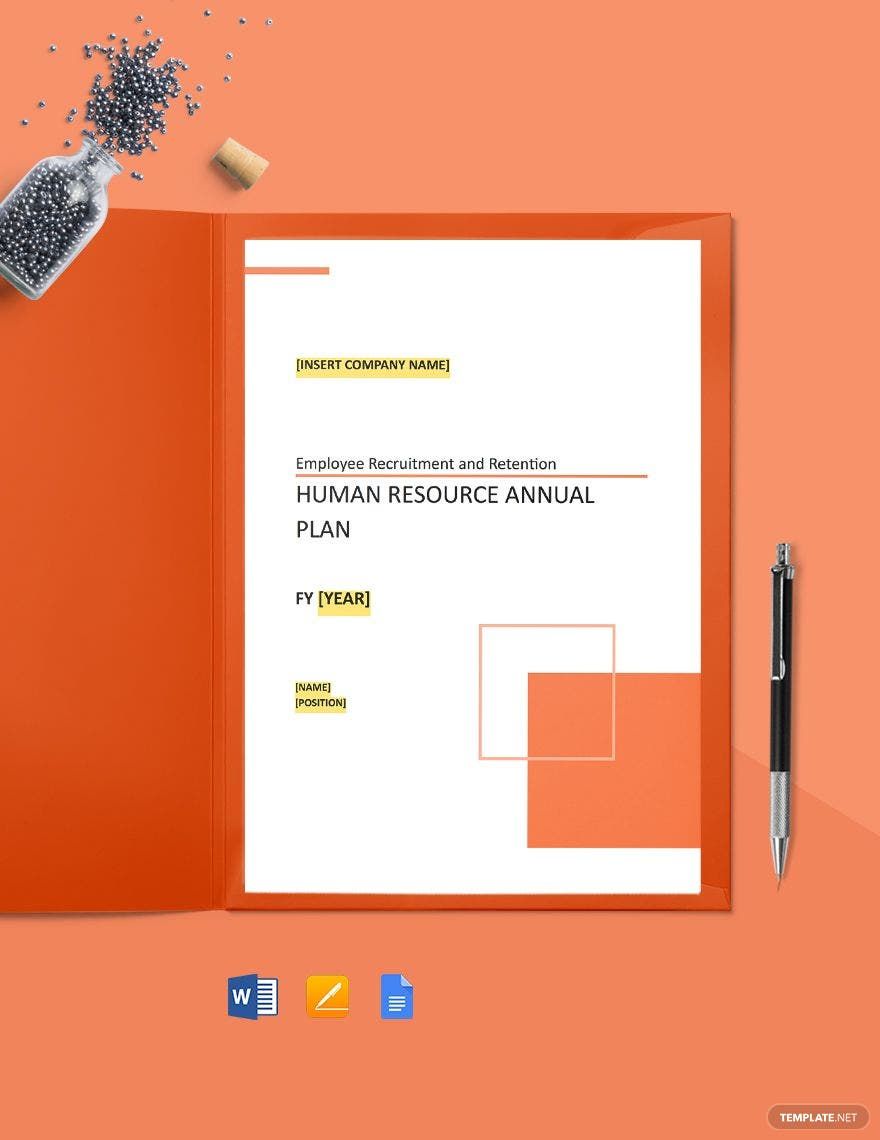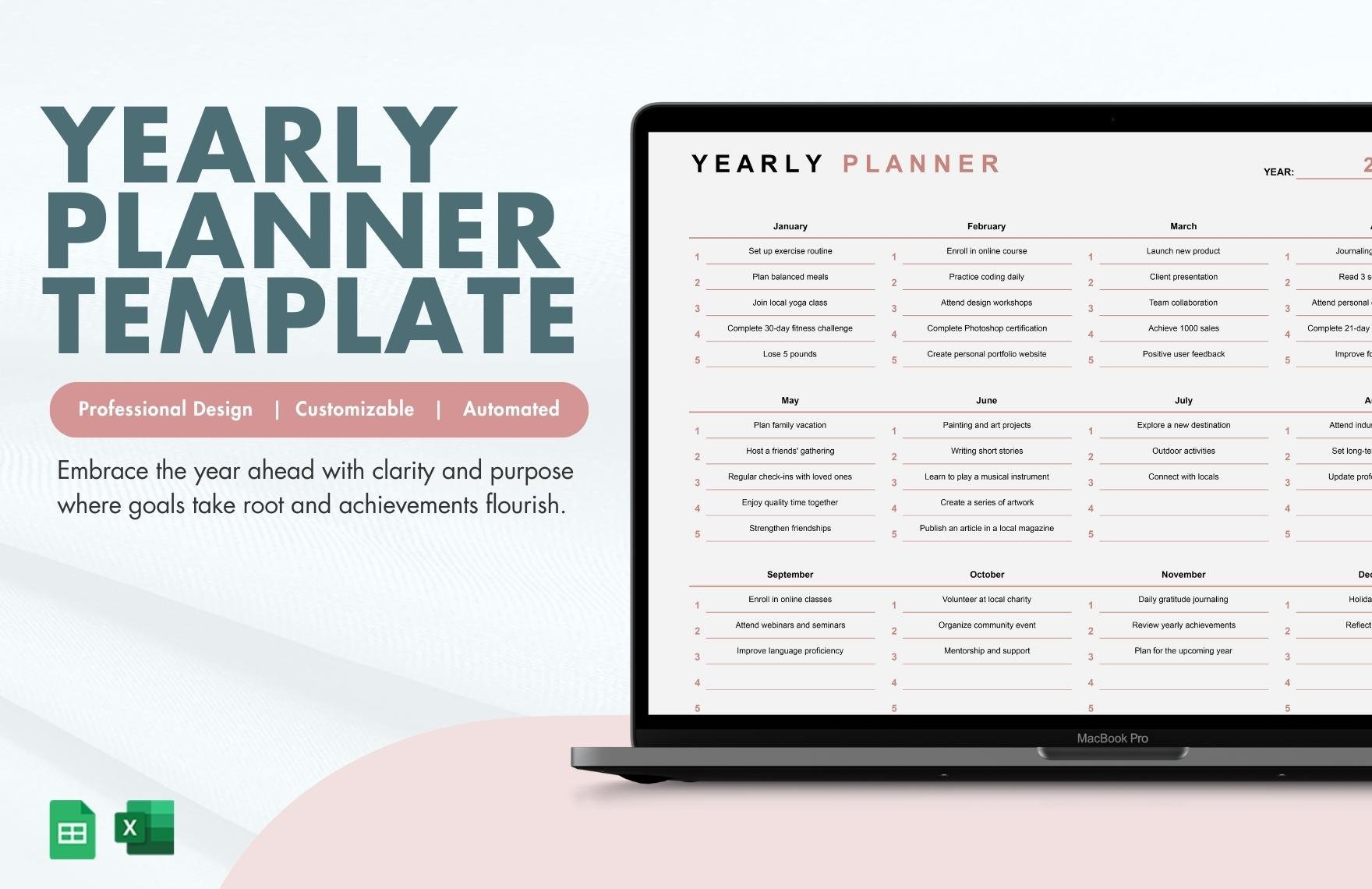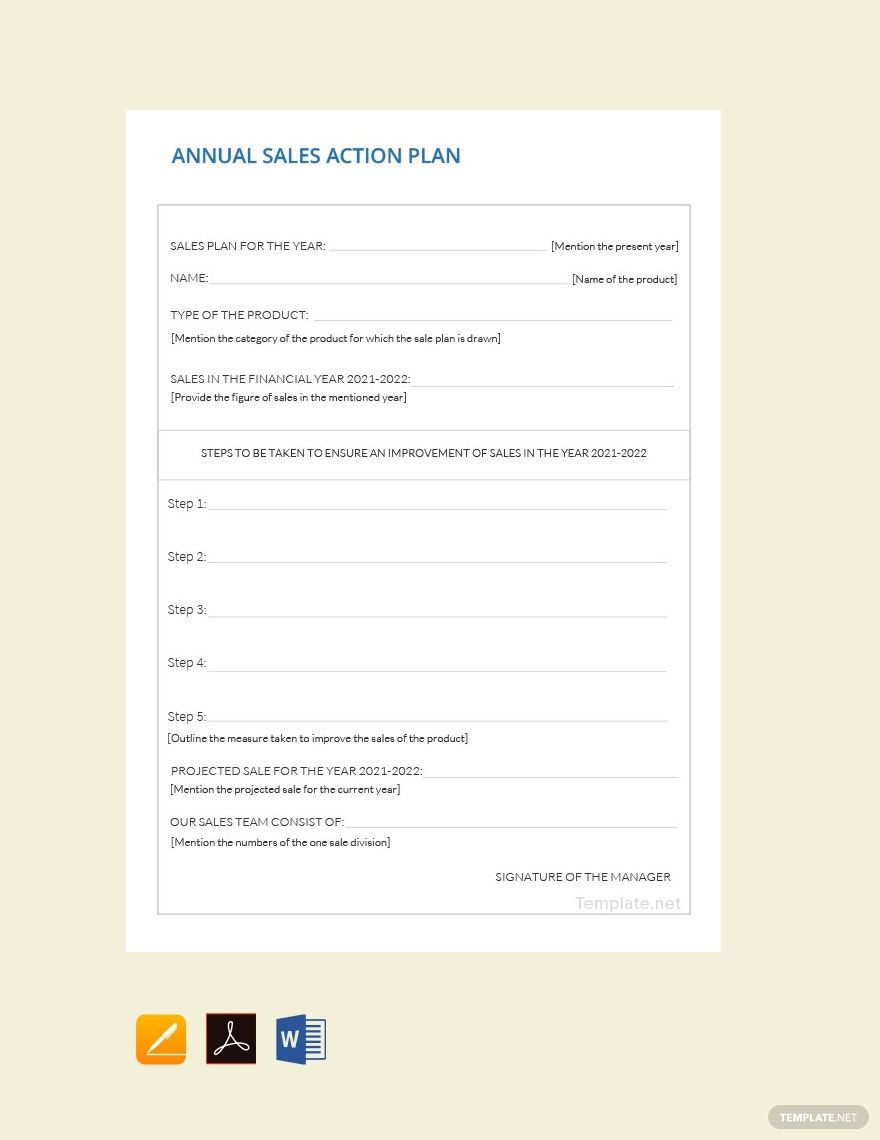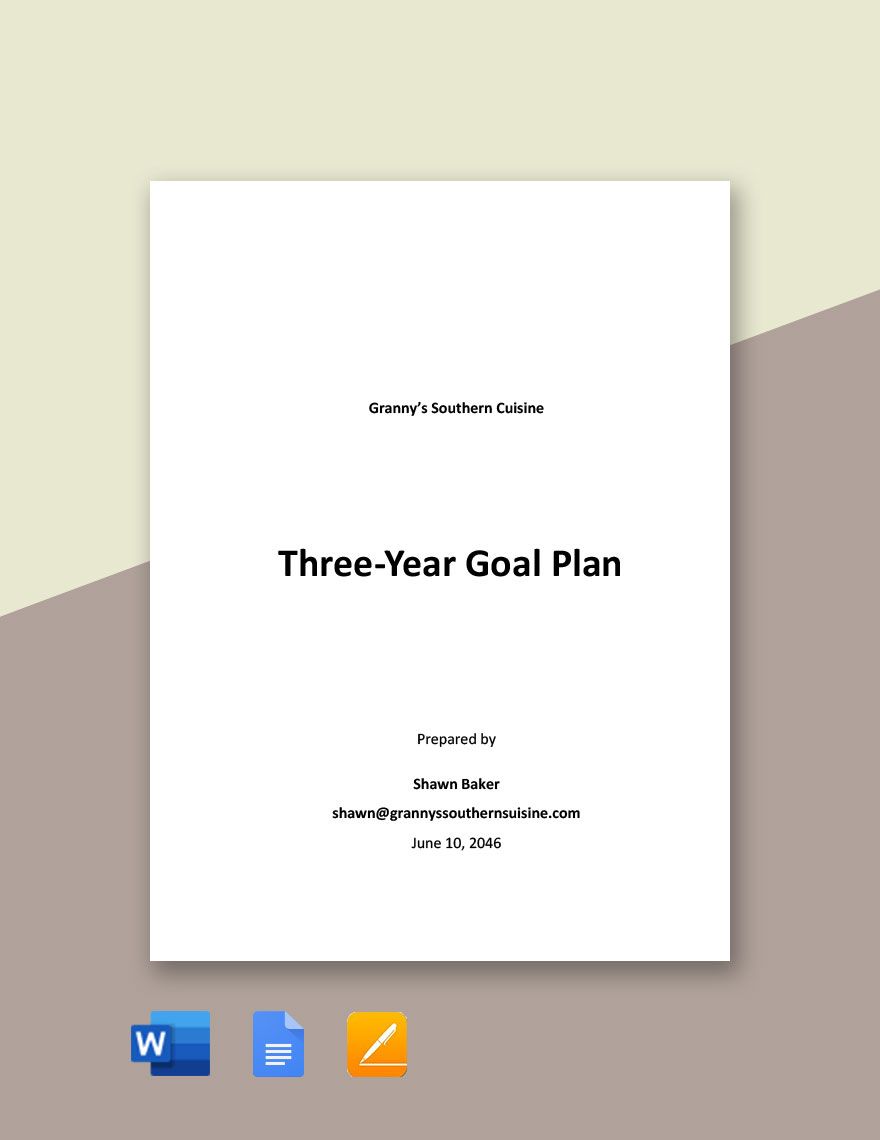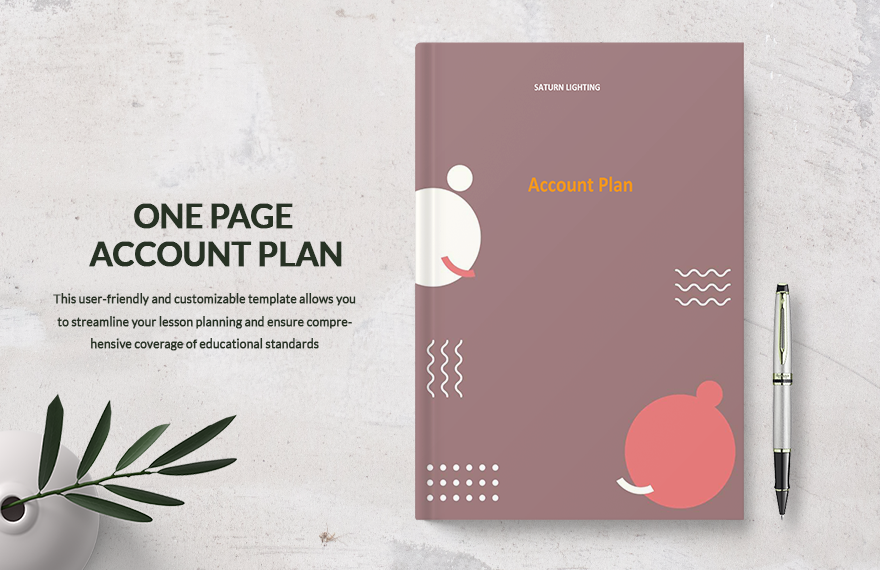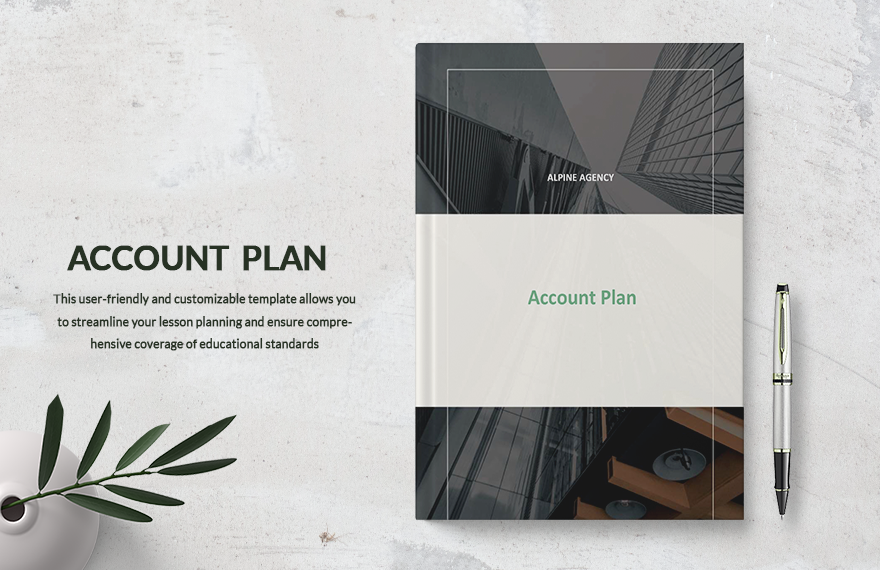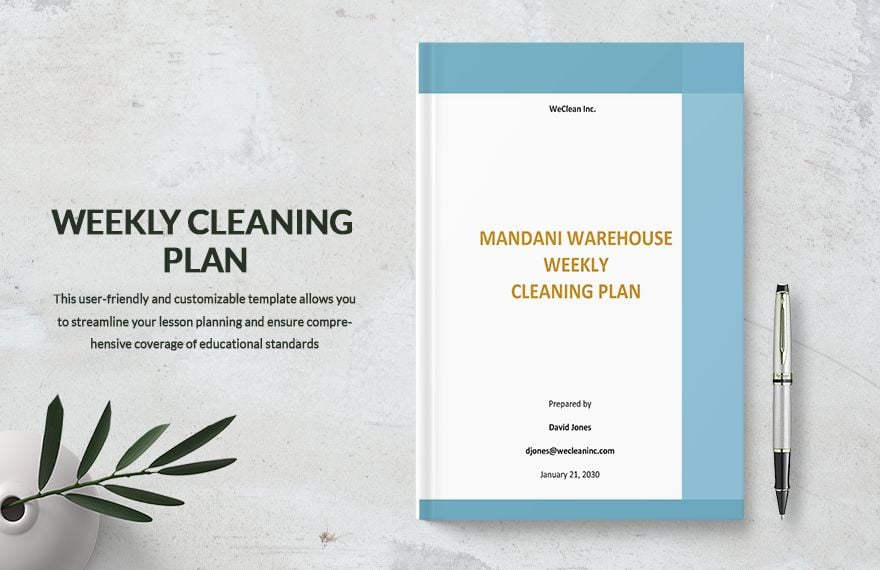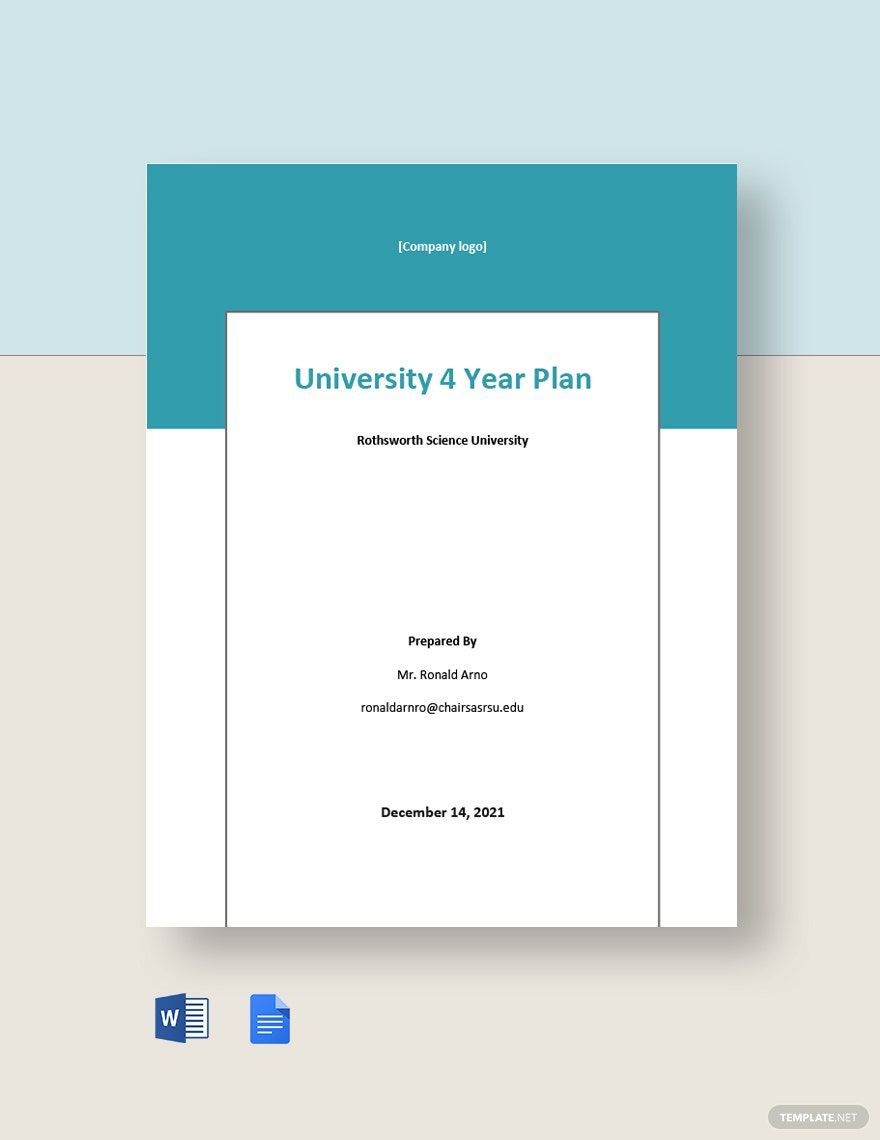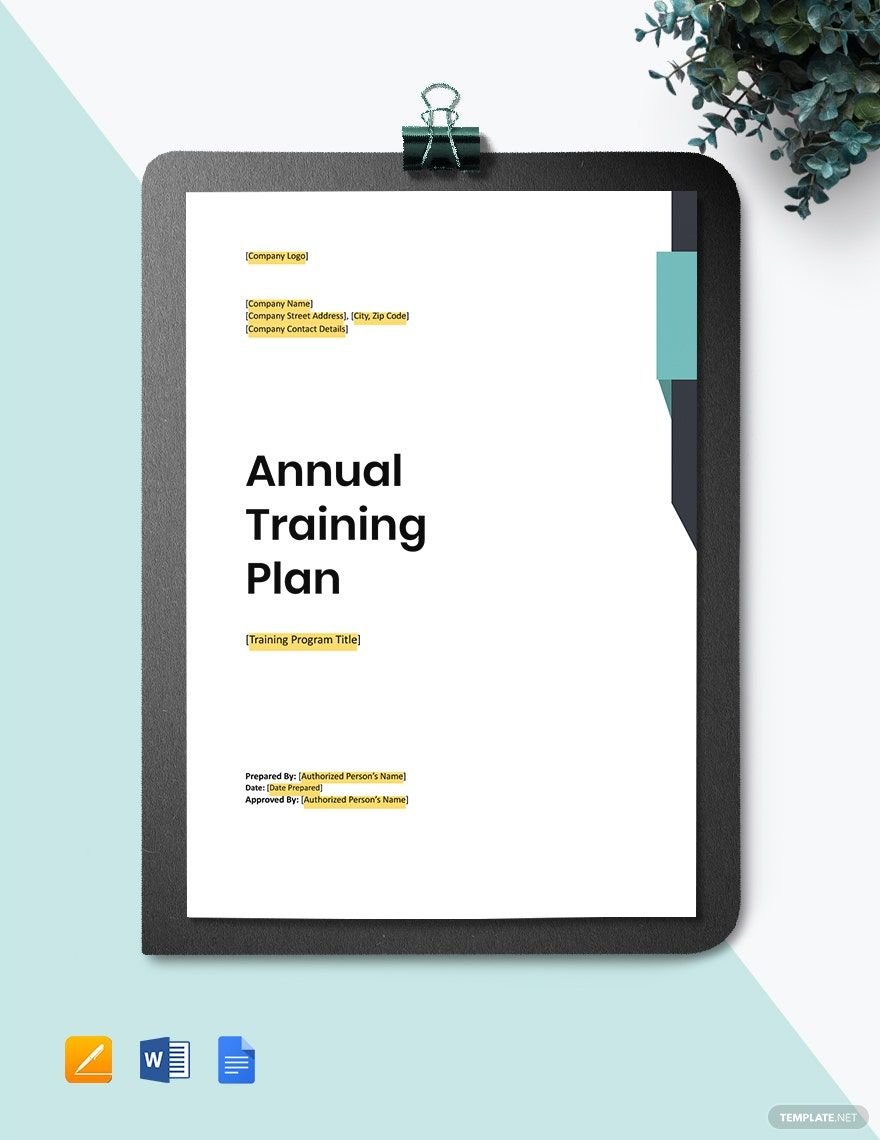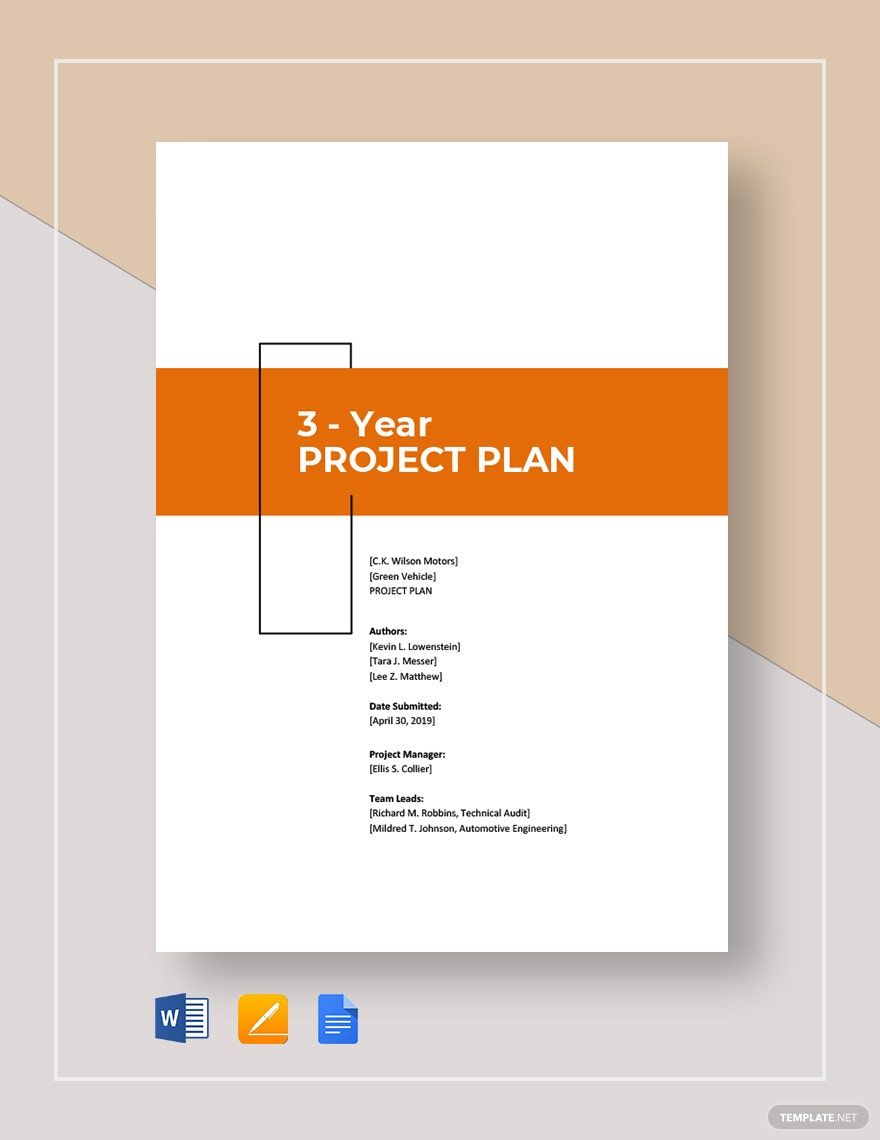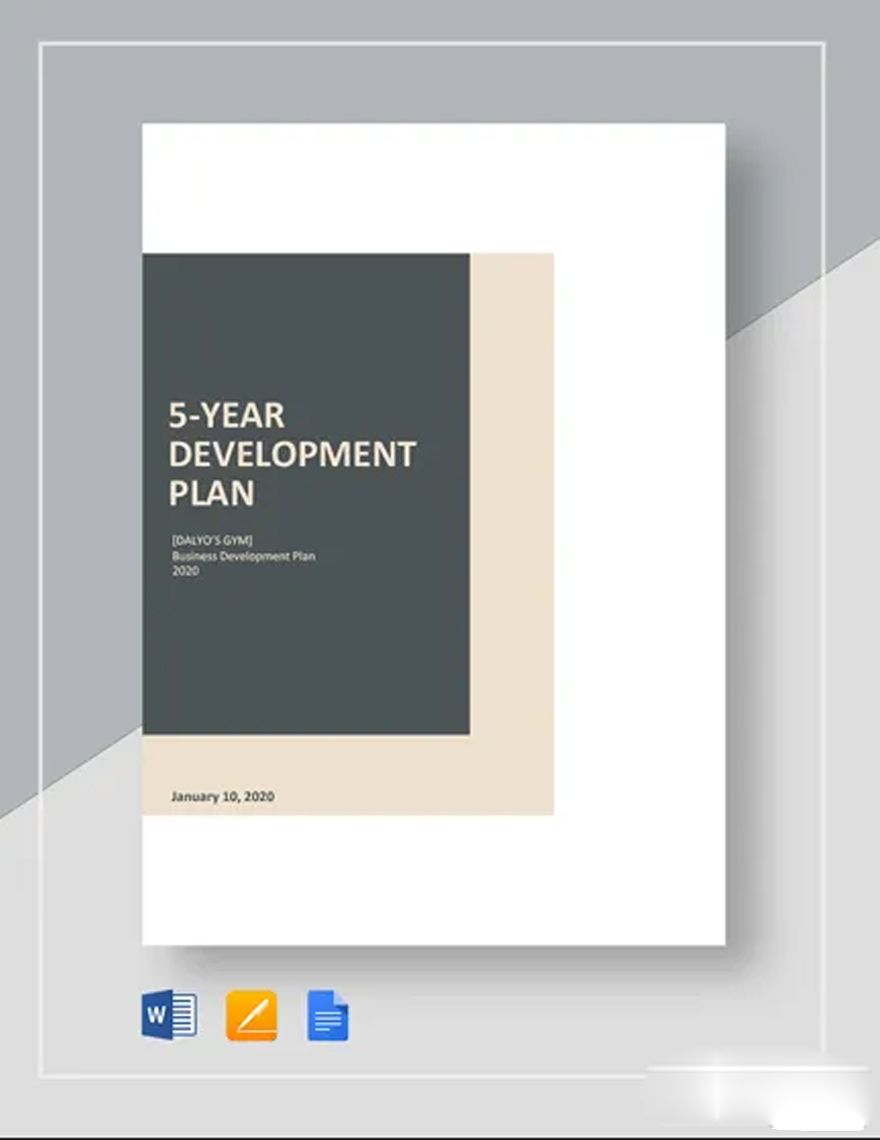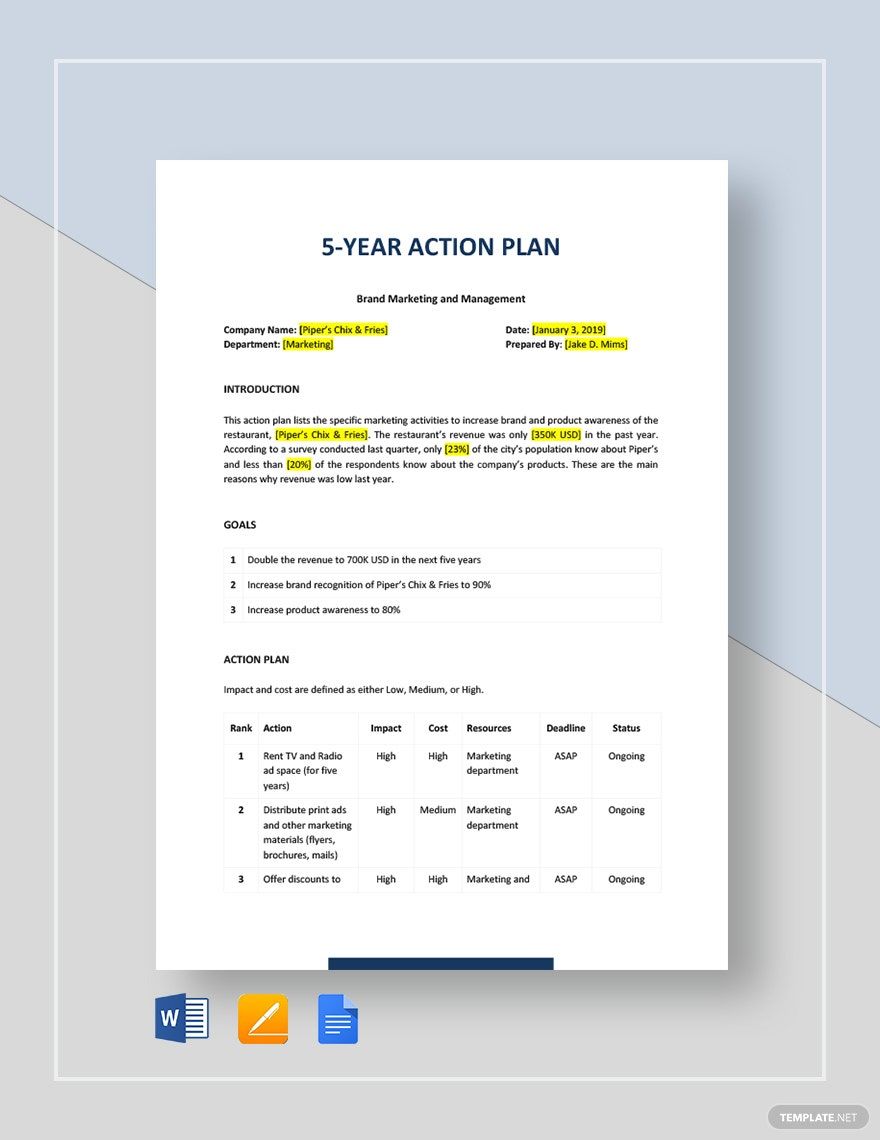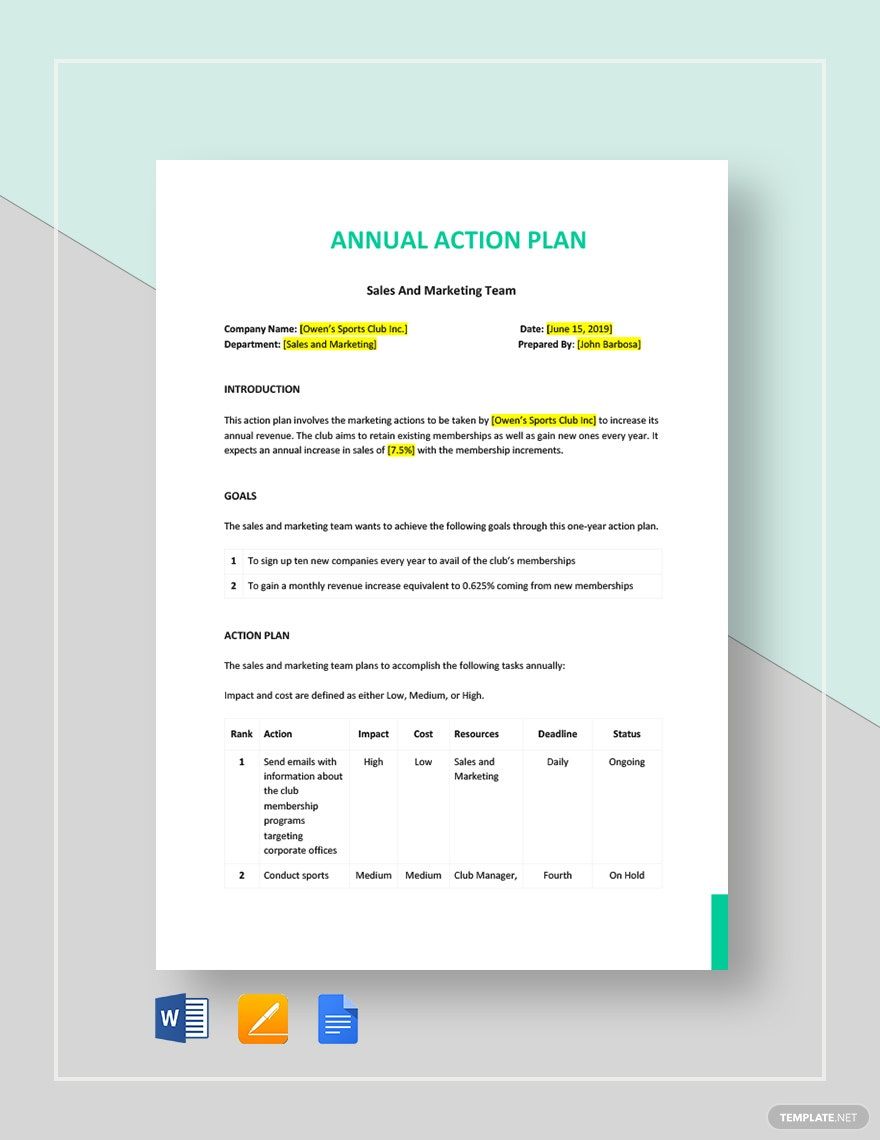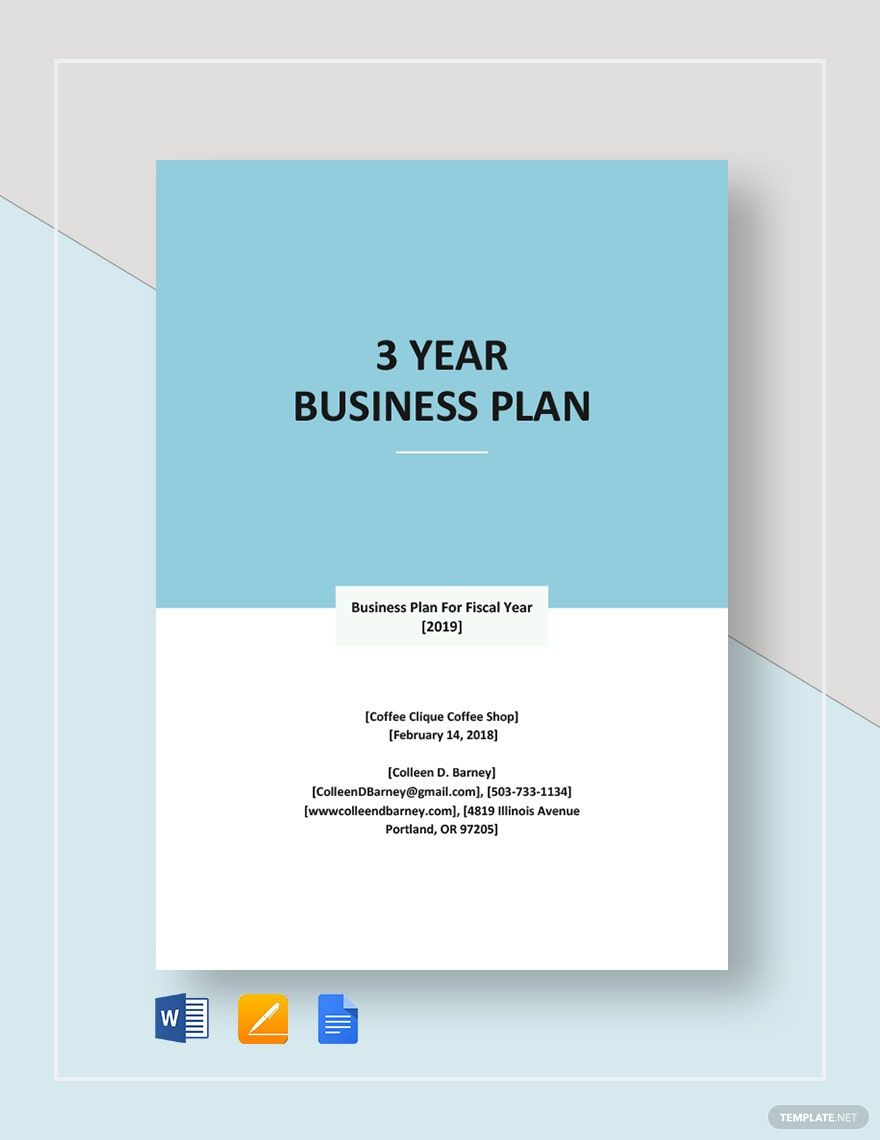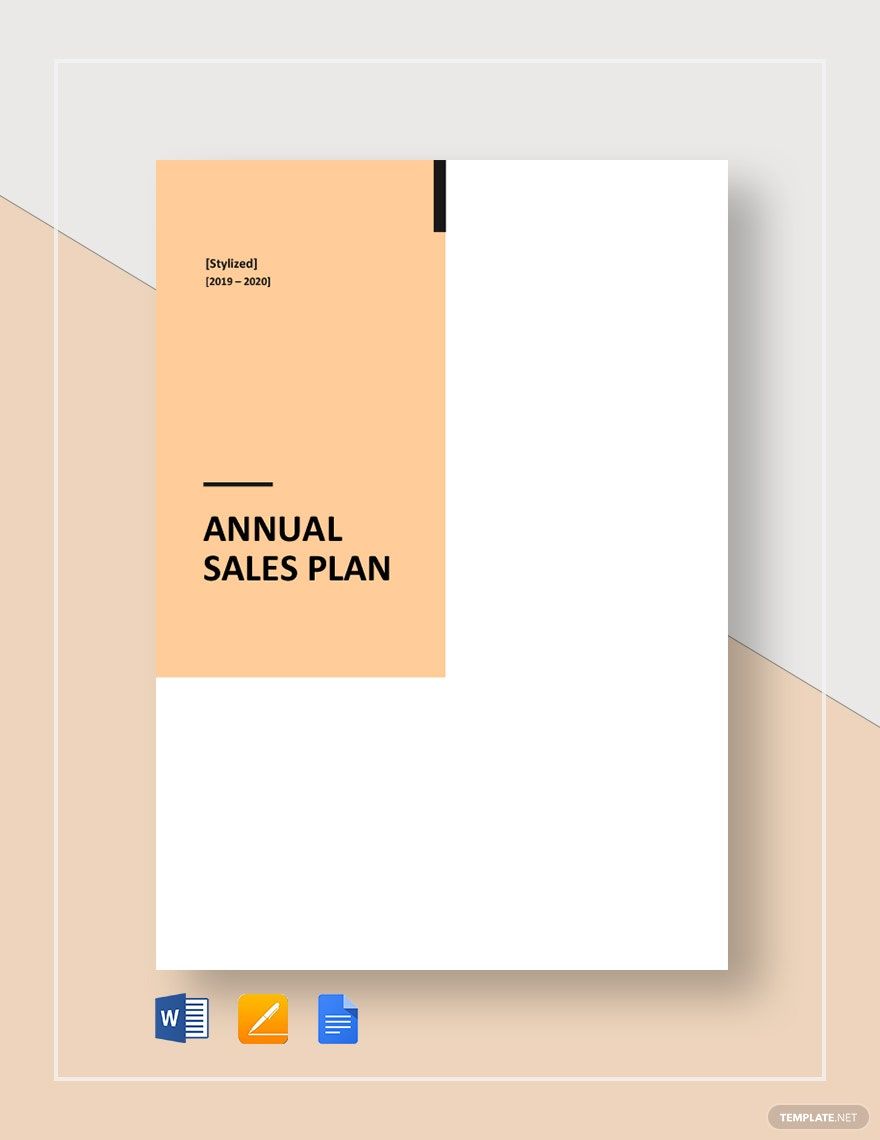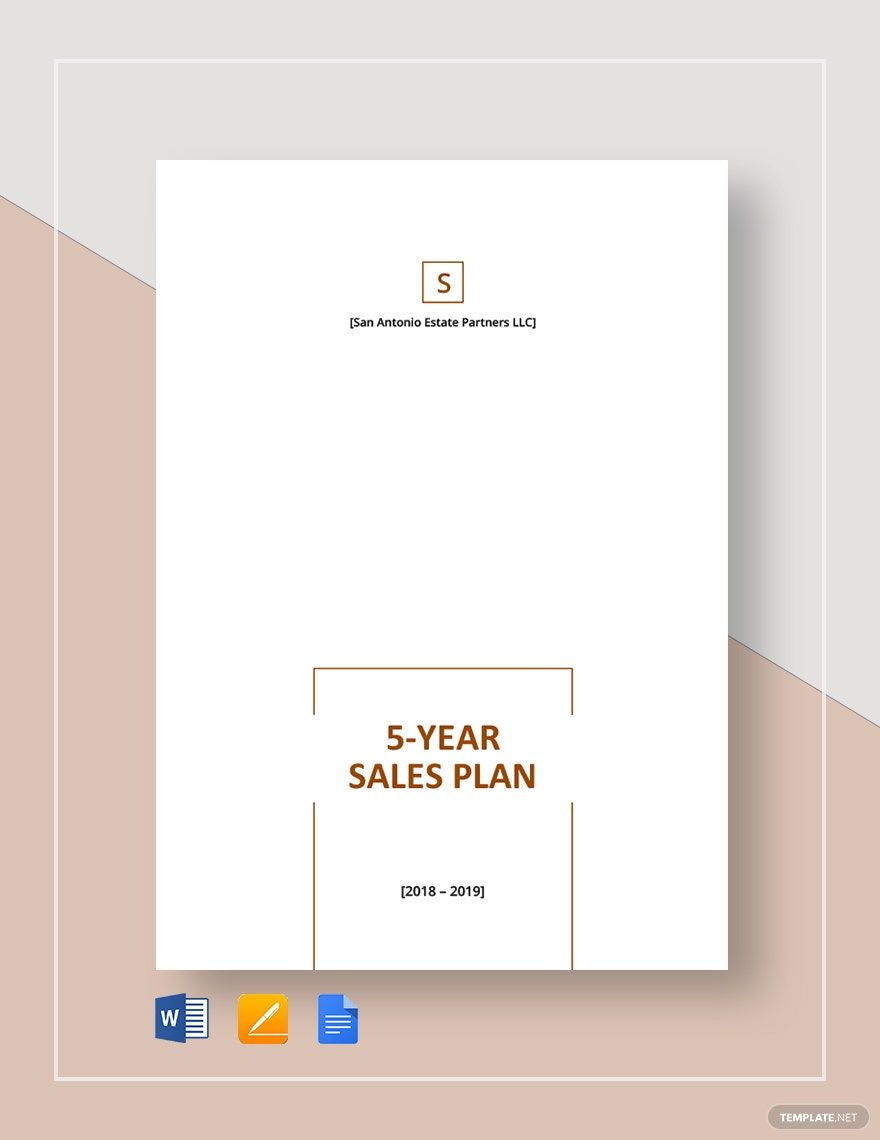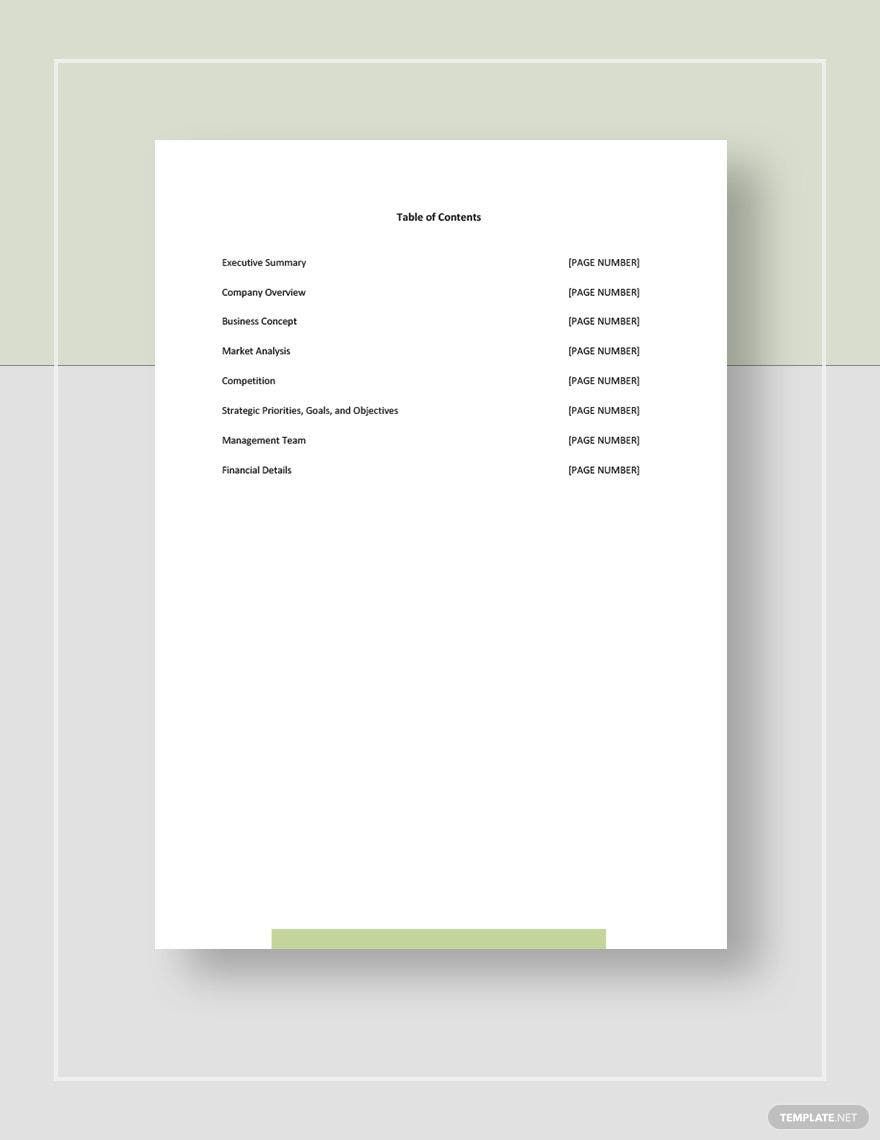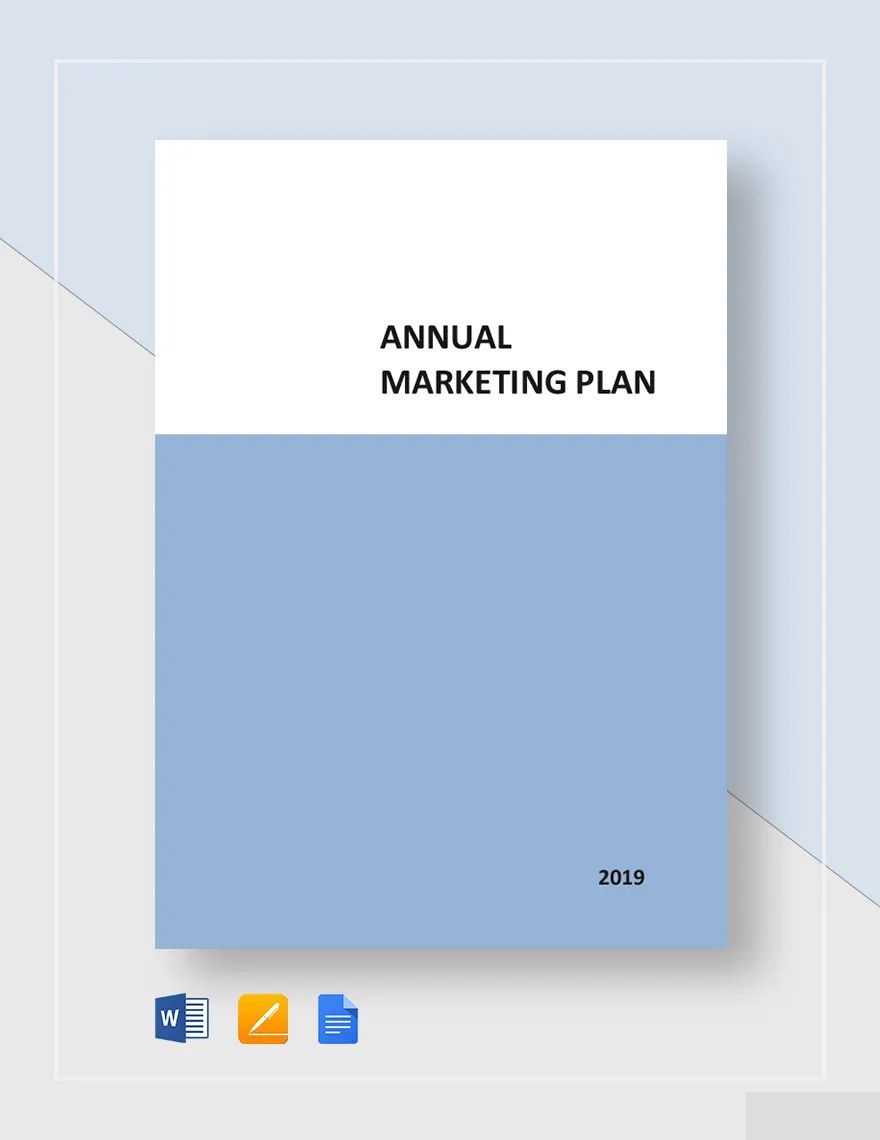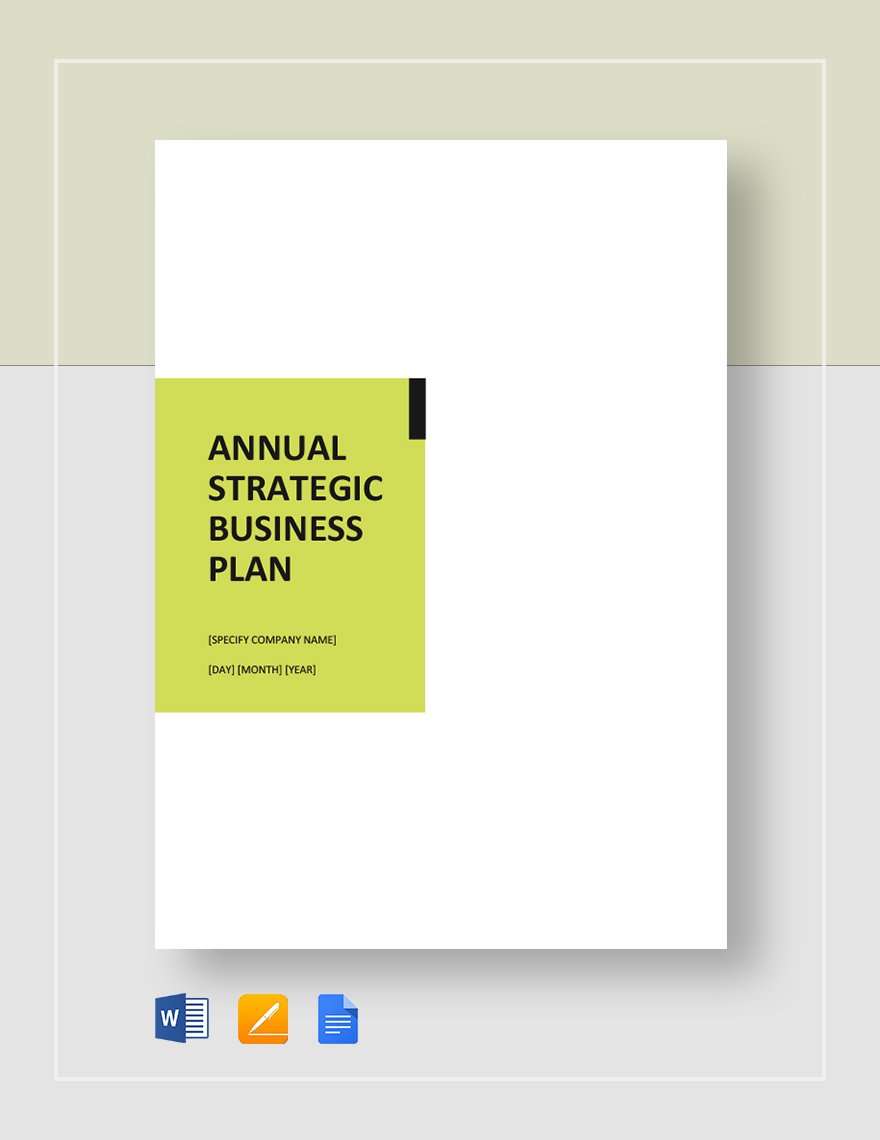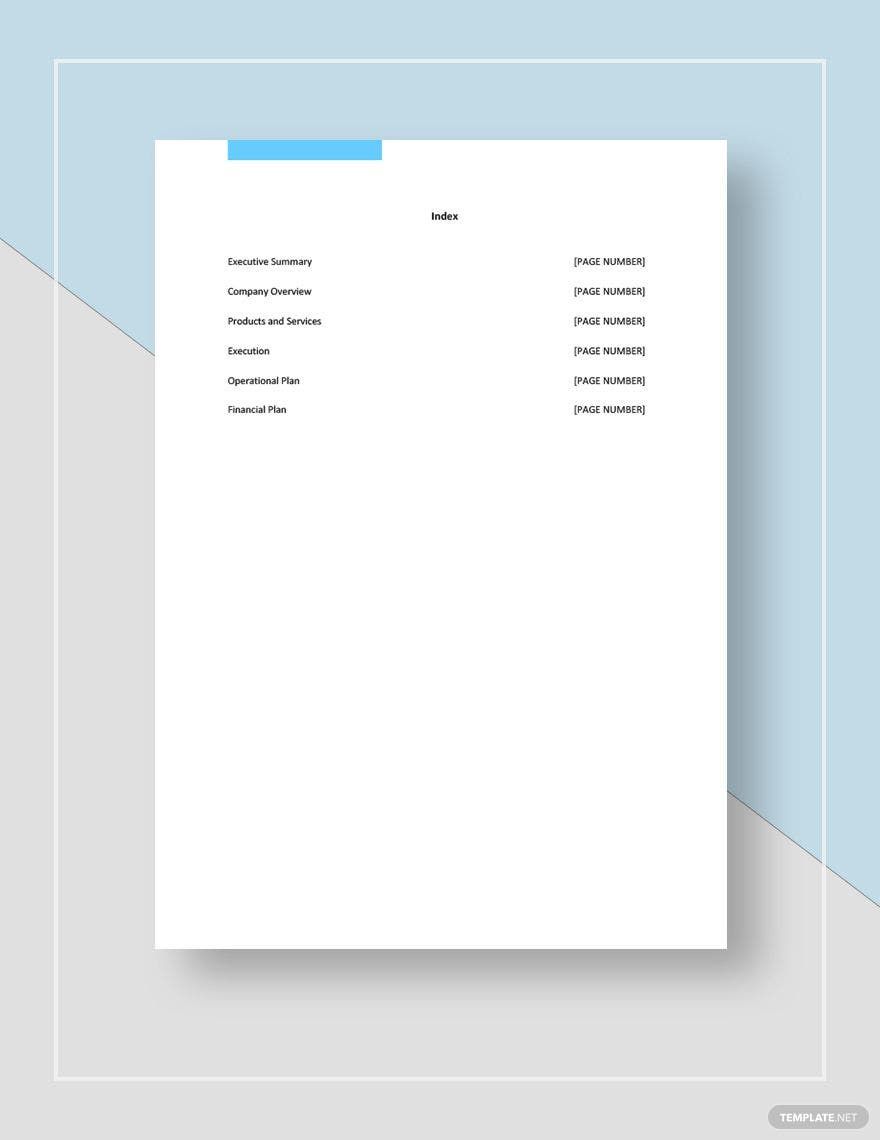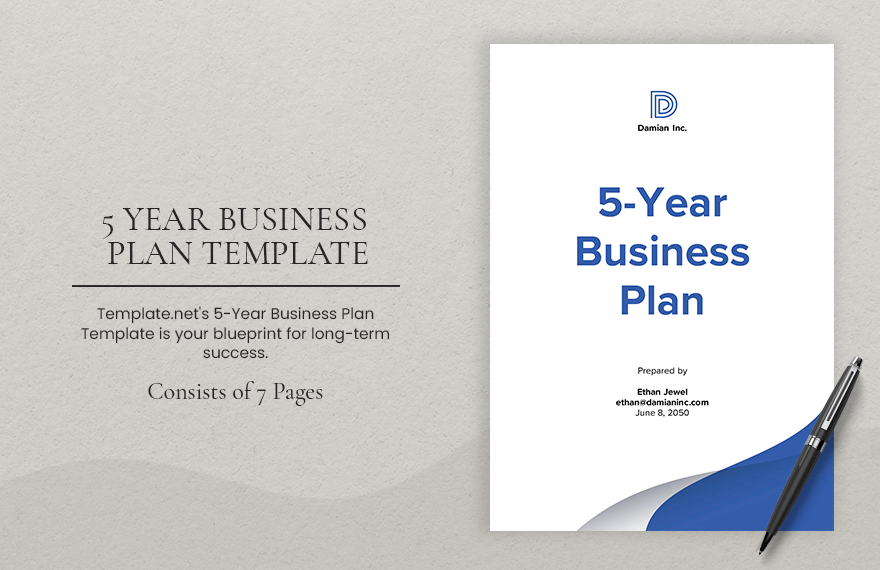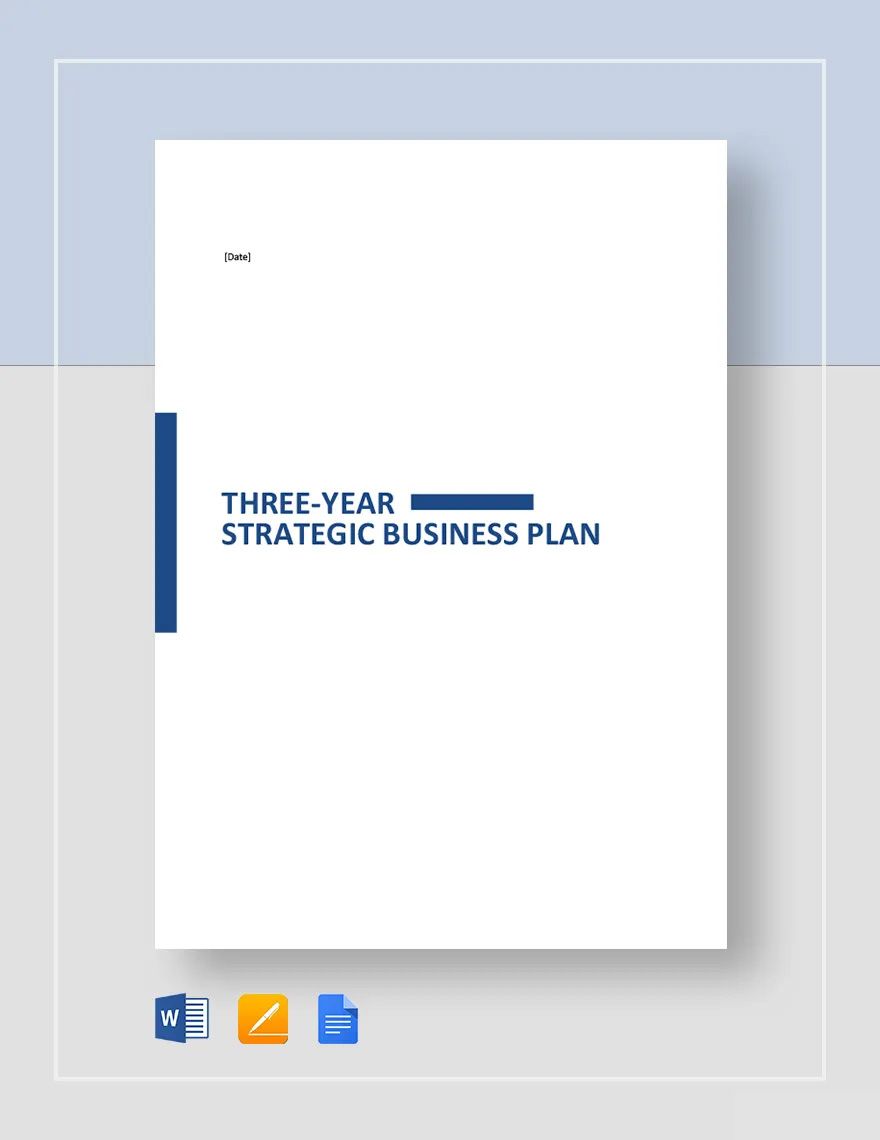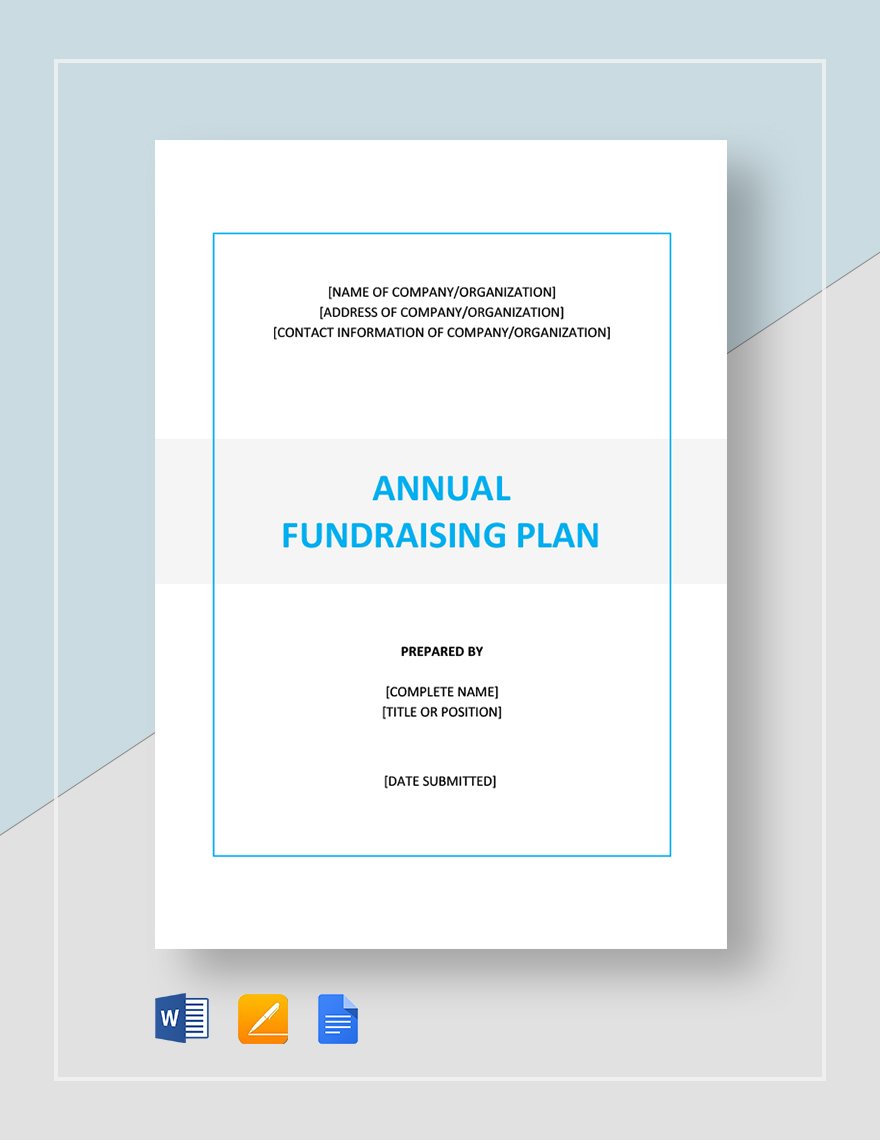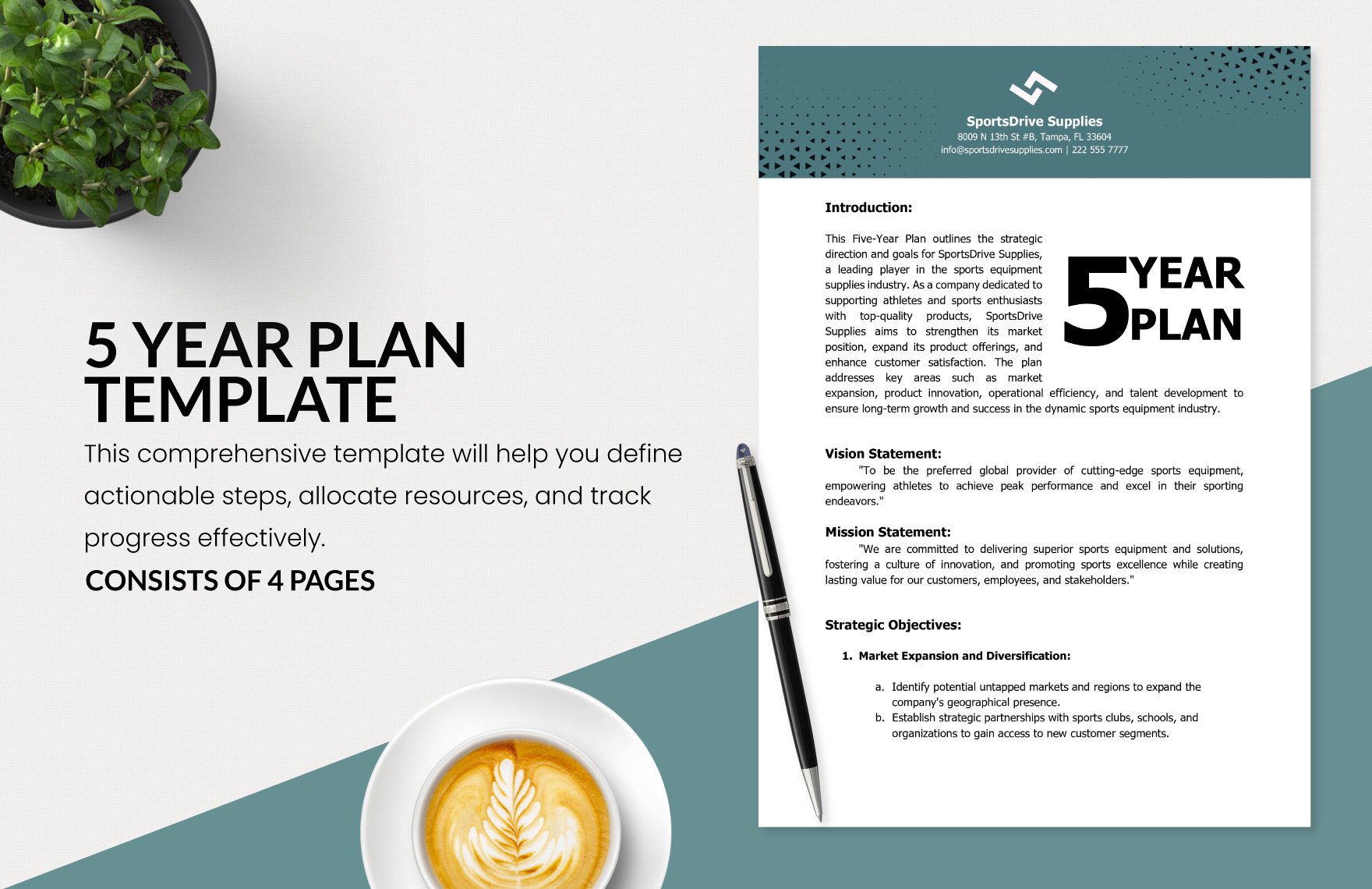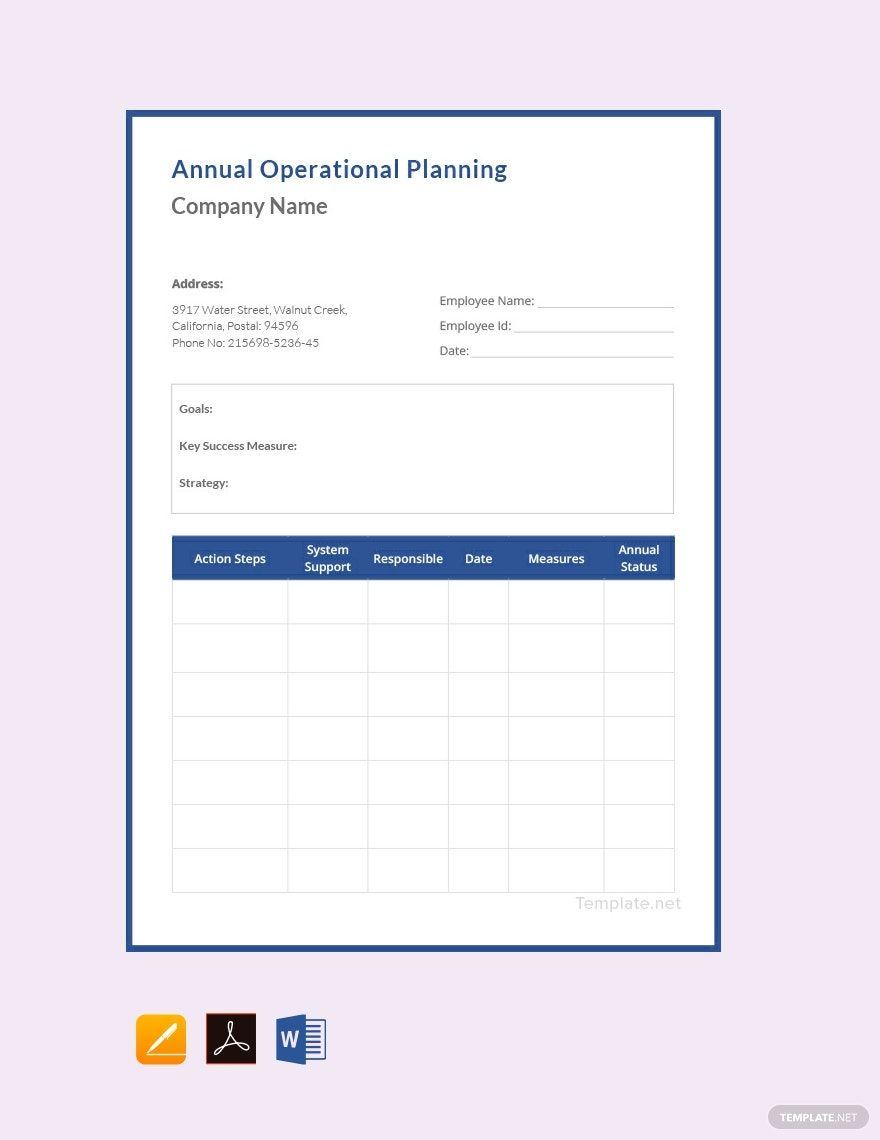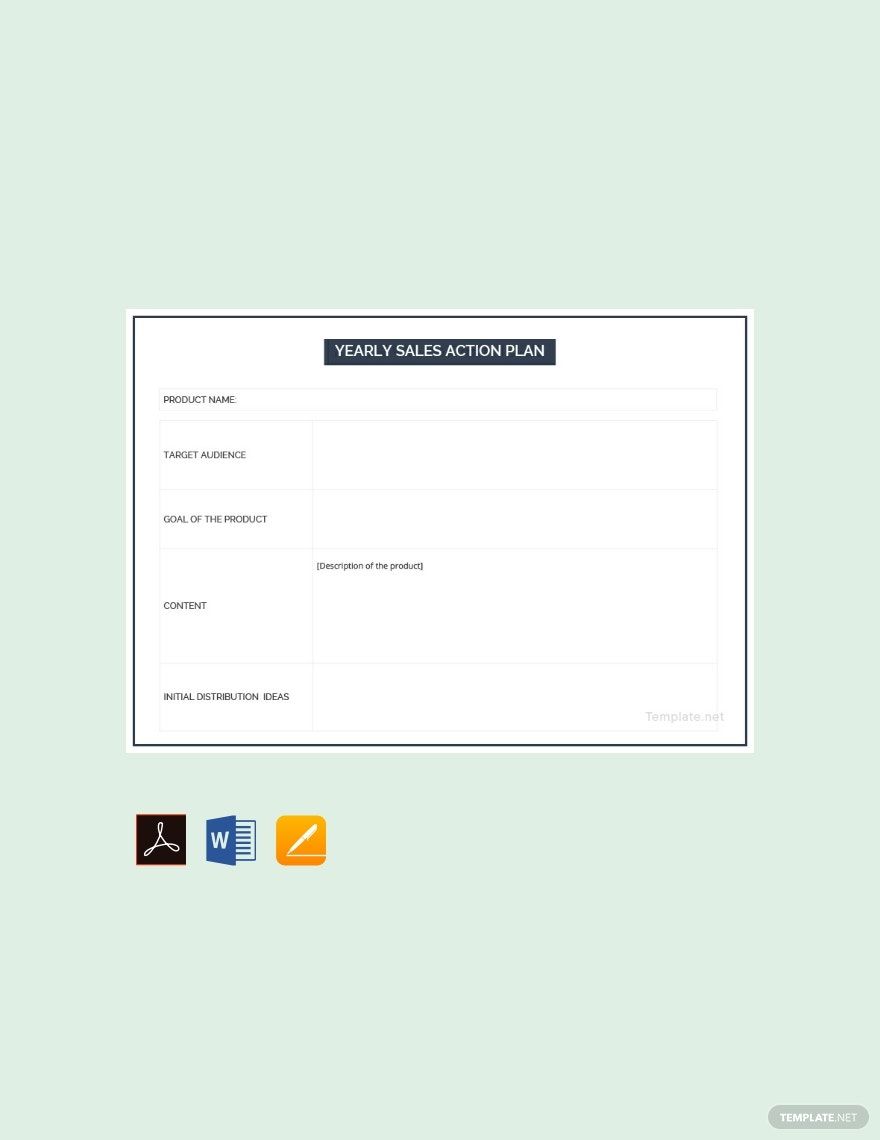When thinking about relevant activities that benefit the institution in many ways, we think of making a yearly plan—a calendar, for example. However, there are times that this can be quite stressful because of the many considerations and inclusions to take into account. We know how challenging this could be and we're here to help you out. Utilize our comprehensively designed Yearly Plan Templates here in Template.net. They're completely customizable in all file formats including Google Docs, MS Word, and Apple Pages; they're also available in A4 and US letter sizes. Download today and don't miss this opportunity to create the most effective yearly plan for the future of your organization.
What Is a Yearly Plan?
Whether it's a list of activities for the benefit of an institution such as that in school, preschool, kindergarten, or nursery, an annual plan is generally meant to be updated and conform to the standard operations. A yearly plan, in its broader sense, primarily aims to direct the organization to its growth. Hence, it's called a plan—it's meant to move forward, not to retract. With that being said, a yearly plan will be used as a tool by the stakeholders in their decision-making. Further, a yearly can may not just apply in organizations, it may also be applicable for personal use. If you care for your future, you would definitely mind creating a daily plan, weekly plan, monthly plan, or for larger coverage, yearly calendar/plan.
How to Create an Effective Yearly Plan
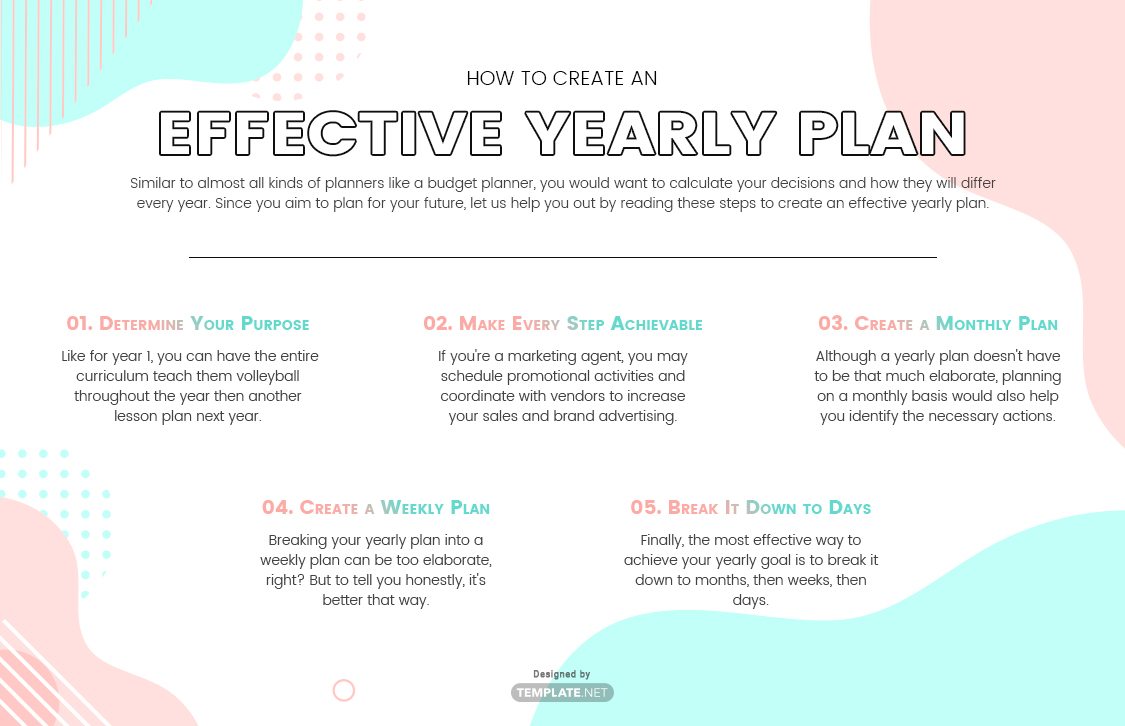
Similar to almost all kinds of planners like a budget planner, you would want to calculate your decisions and how they will differ every year. Since you aim to plan for your future, let us help you out by reading these steps to create an effective yearly plan.
1. Determine Your Purpose
When you think about creating a yearly plan, include your goals. For example, you're a department head in physical education, think about the lessons you would like them to learn for every academic year they attend physical education classes. Like for year 1, you can have the entire curriculum teach them volleyball throughout the year then another lesson plan next year, however, you wish to do it, as long as the students have learning growth each year.
2. Make Every Step Achievable
Since you were able to determine your goals, it's time to look into a course of action that you can take. If you're a marketing agent, you may schedule promotional activities and coordinate with vendors to increase your sales and brand advertising. Creating a schedule is very essential especially for busy people because there are other commitments that might just interrupt their planned activity; hence, scheduling should always be practiced on a regular basis.
3. Create a Monthly Plan
Although a yearly plan doesn't have to be that much elaborate, planning on a monthly basis would also help you identify the necessary actions you would take in order to achieve your goals. This way, you are trying your best to make them achievable. For instance, counting your monthly budget as part of our itinerary for the next year.
4. Create a Weekly Plan
Breaking your yearly plan into a weekly plan can be too elaborate, right? But to tell you honestly, it's better that way. Creating a weekly sheet is more specific than your monthly and yearly plans. This way, you are able to track how you were able to achieve your goals in just a span of seven days. Also, you will be able to determine the changes you might have to do.
5. Break It Down to Days
Finally, the most effective way to achieve your yearly goal is to break it down to months, then weeks, then days. For example, you are a writer who wishes to write at least 60 articles in a month. Therefore, you would like to write 2 articles a day. Breaking down your yearly plan into days means planning the things you would do every day. This will determine if your plan is achievable or not.
